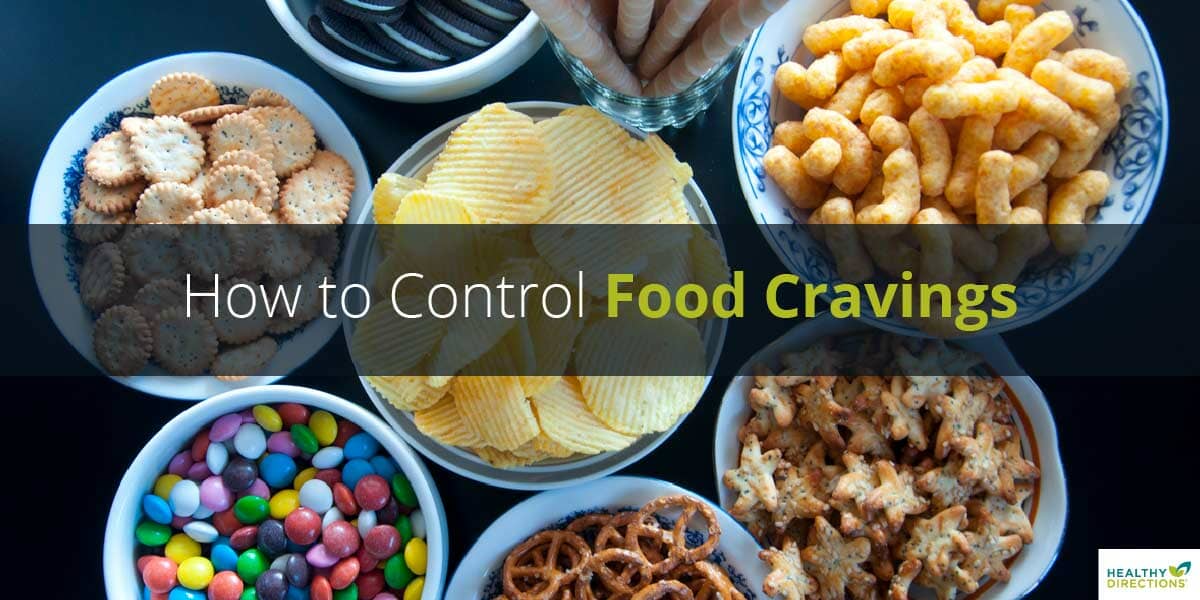
Learn five strategies for saying “no” to foods not on your pain-reducing diet
Two strategies I recommend as part of an effective multi-modal pain treatment plan are to follow a “pain diet” (i.e., eat non-inflammatory foods) and, when appropriate, to lose weight.
But as anyone who’s ever been on a restrictive eating plan knows, unwanted food cravings can make sticking to the program a real challenge.
Being able to control those food cravings will have a big impact on how successful you are at ultimately being able to control your pain. Here are some tips for the next time you’re hit with the overwhelming desire to eat something you know you shouldn’t:
- Take a “time out.” Look at a clock for anywhere from 10 minutes to an hour (you decide what interval works best for you). Tell yourself that you will rethink the decision about that food when that time is up, but that in the interim, you are not going to eat it. Because many food cravings are emotional—and emotions typically do not last very long—this can be a very effective way to control your eating.
- Make your kitchen a pain-free zone. Perhaps the simplest way to control food cravings not keeping any of the foods known to aggravate your pain in your home. If they’re not there, you’re not going to be able to eat them.
- Enlist the aid of supportive friends and family members to help you steer clear of foods you need to avoid. Don’t be surprised if not everyone in your life is helpful in this process. Eating is an extremely complicated issue, and there are people who may try to sabotage what you’re doing. Don’t get too worked up about it. Virtually everyone who has been on a diet has run into this.
- Remind yourself why you need to avoid certain foods. Even though a certain food may sound great, eating it may give you horrible migraine headaches or digestive pain. Consistently reminding yourself of how you’ll feel after the fact is a great tool for controlling cravings.
- Rather than focusing on foods you cannot have, focus on the foods you can eat. Exploring farmer’s markets and produce sections of the grocery store, learning to cook healthful foods, and sharing your recipes are great ways to be proactive in your pain-reducing eating plan.


